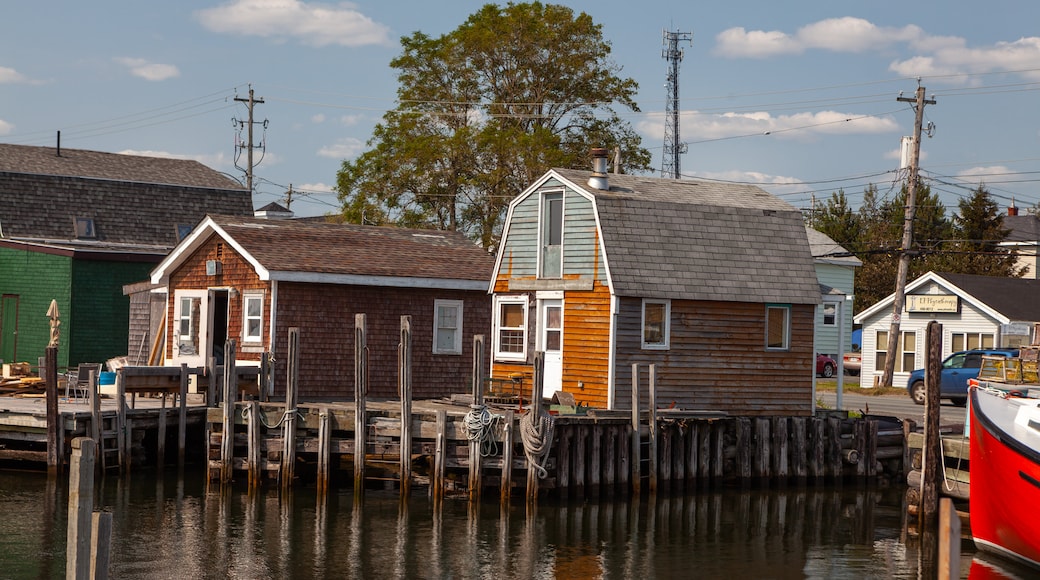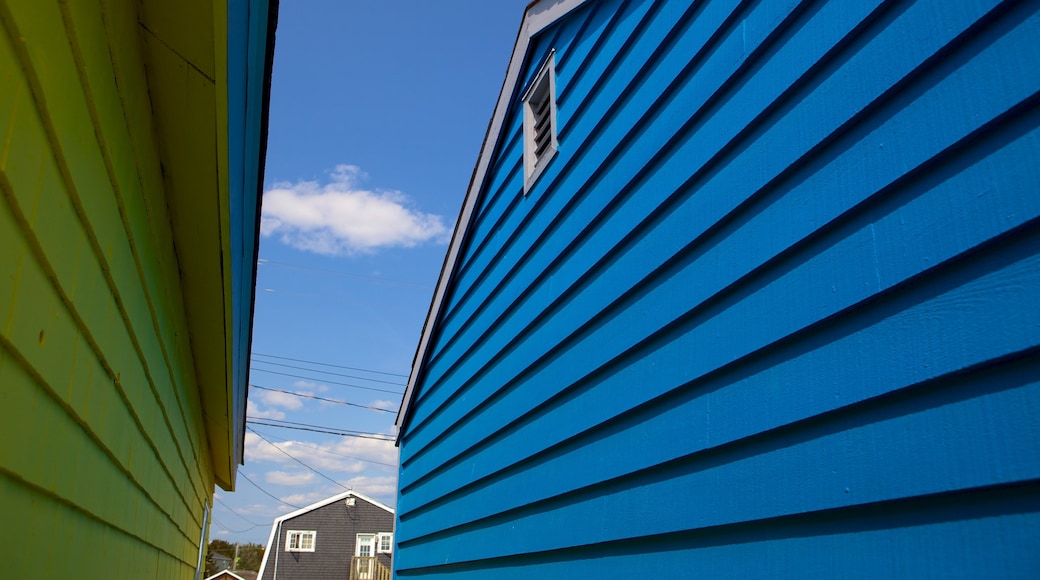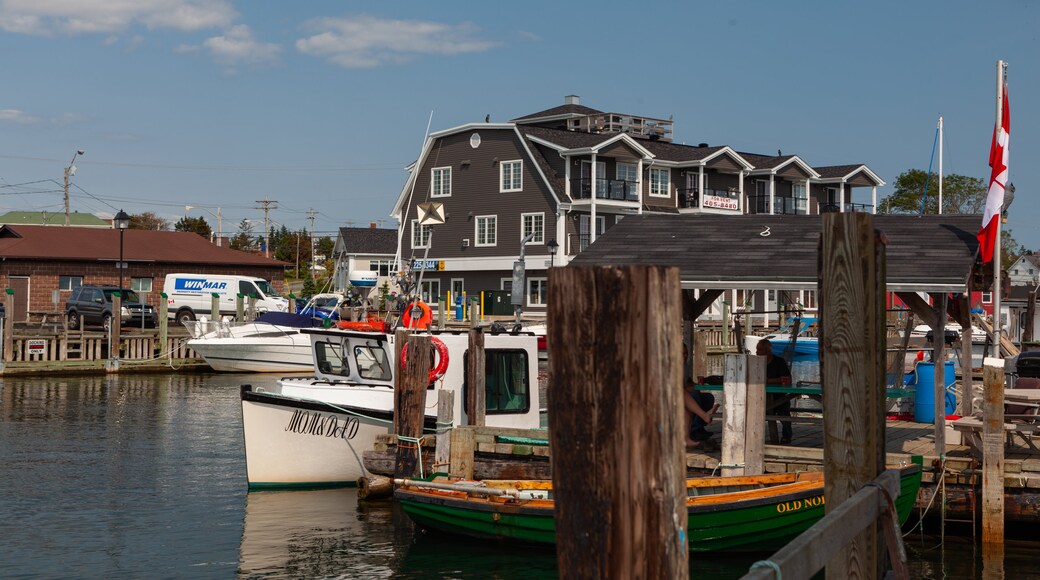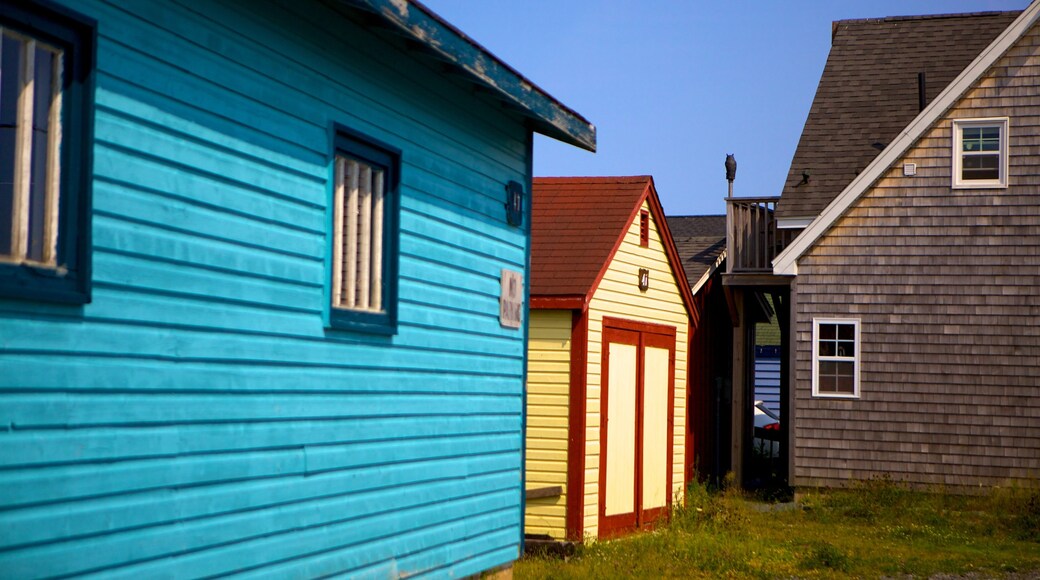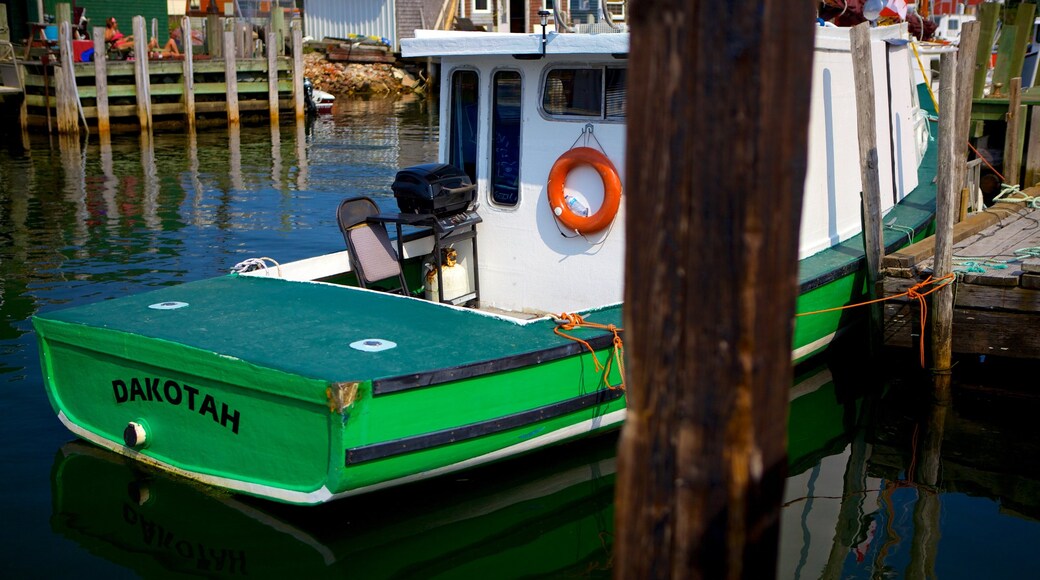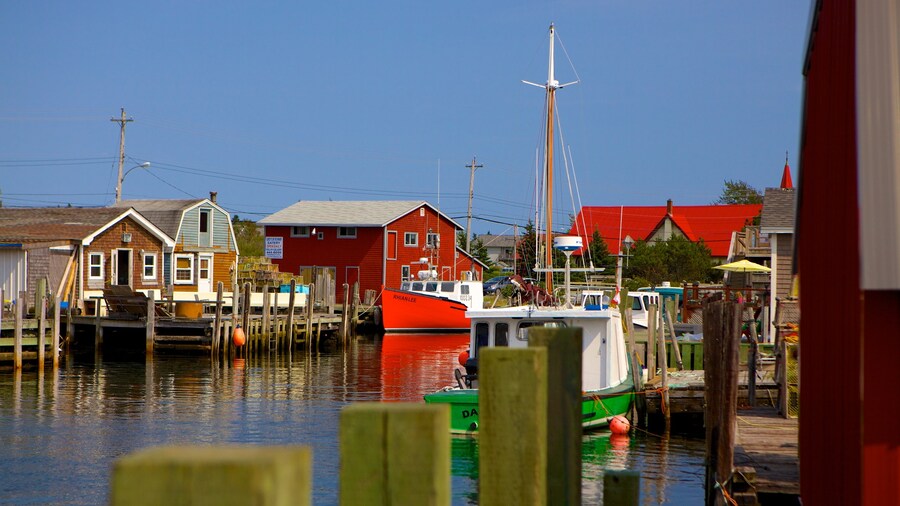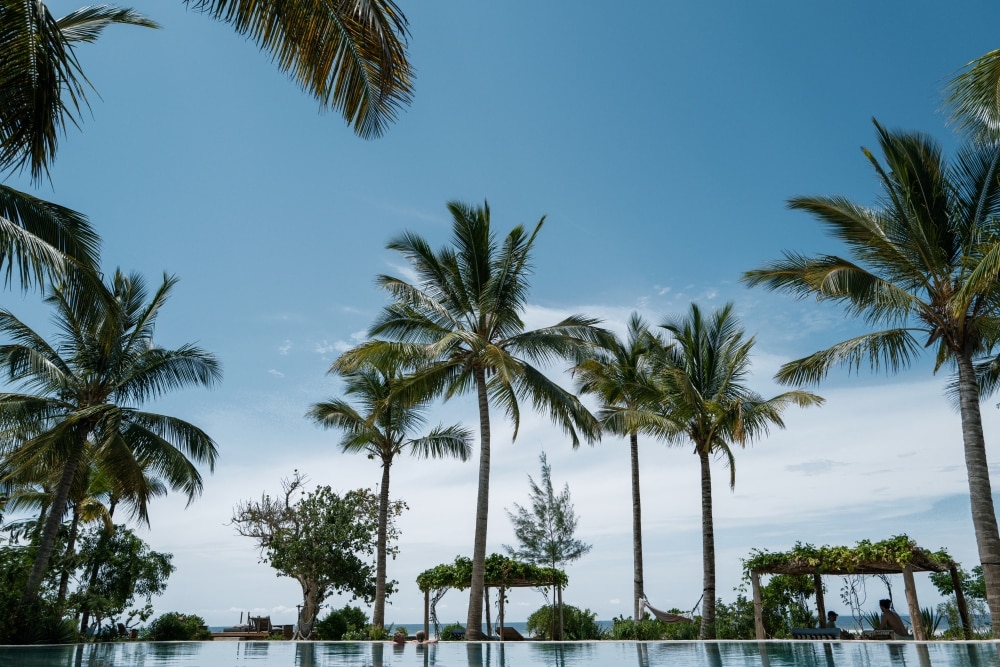Eastern Passage in Nova Scotia is a tribute to the area’s history of deep-sea fishing that remains a cornerstone of the local community. Located at the mouth of the capital city’s harbor, it has picturesque views to keep photographers busy capturing great shots. Learn the region’s history about its earliest fishermen, the indigenous Mi’kmaq, as well as its role as a popular film location for a number of productions.
Shop at the businesses located in Fisherman’s Cove Heritage Centre, with its multicolored stores nestled along the boardwalk. Docked fishing vessels provide an ideal photo op. In the distance, over the harbor, is the skyline of Halifax’s downtown core, while McNabs Island sits midstream, reachable by water taxi from downtown. The island has been used as part of the harbor’s defense network during both world wars and provides interesting species of plants and animals, with over 200 documented bird species.
Naval air base Shearwater in Eastern Passage served as the city’s airport until the current one was built farther from the city. The air base was also important during World War I when it was used by Air Force flying boats to protect offshore Allied convoys from German submarines. Visit the Shearwater Aviation Museum on the airbase where the HS-2L flying boats were maintained.
On December 6, 1917, the strongest manmade explosion prior to the atomic bomb, the Halifax Explosion, occurred in the harbor, causing widespread death and destruction. Two ships collided. One carried a cargo of munitions that caught fire and exploded.
During the city’s reconstruction, a process of making building blocks from sand was carried out in Eastern Passage using a local beach as the source. Walk barefoot in the sand at the accessible McCormacks Beach Provincial Park, adjacent to Fisherman’s Cove.
During your visit to Eastern Passage, be sure to enjoy a meal of lobster, Nova Scotia’s traditional dish, while Cape Islander fishing boats bob nearby on the tides.
Find Eastern Passage about 20 minutes from Downtown Halifax on the opposite shoreline.
